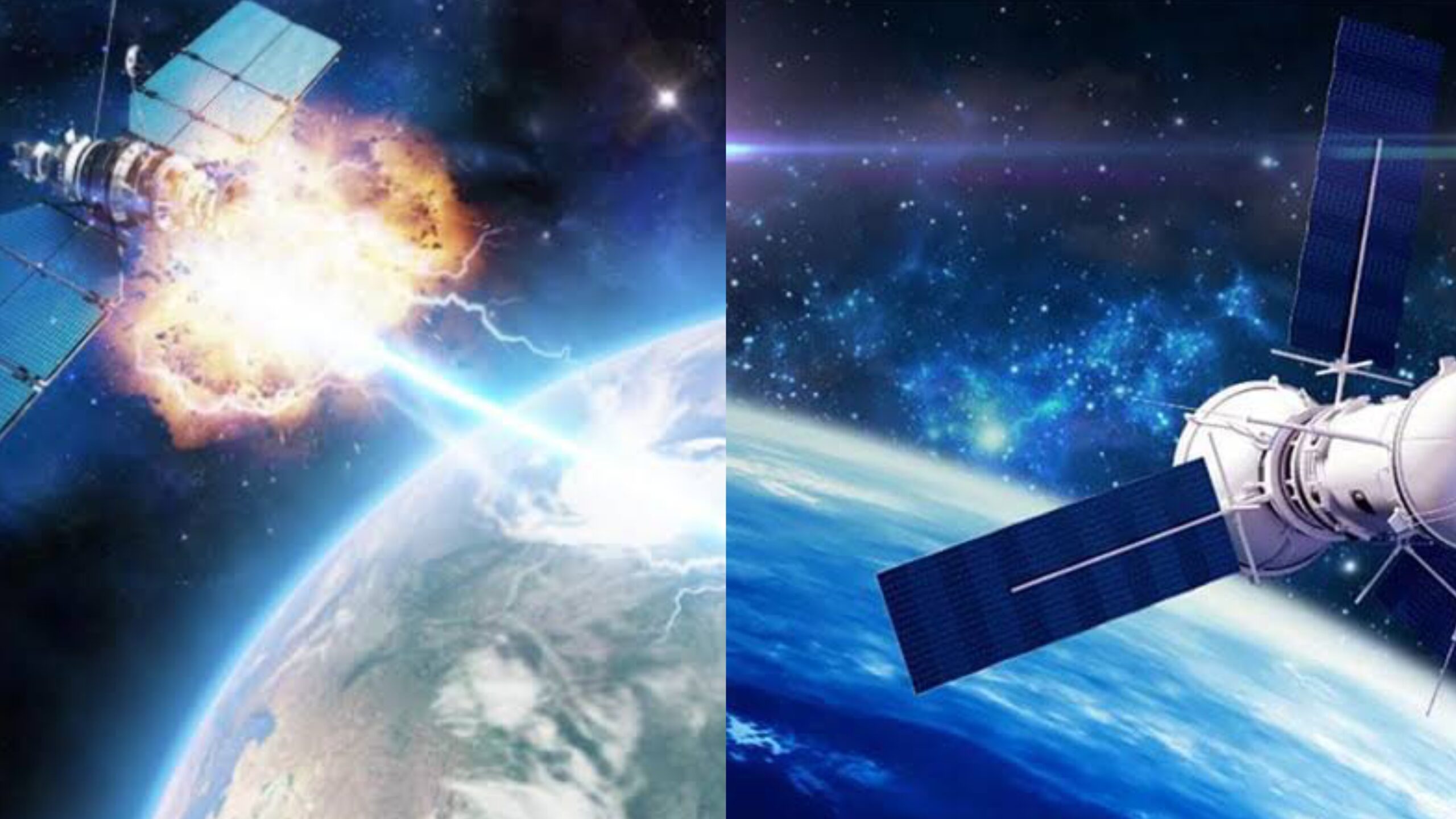NEWS
Breaking: “Satellite Showdown: China Conducts Simulated Operations to ‘Hunt’ Hundreds of Starlink Satellites as Elon Musk’s SpaceX Internet Network Sparks Strategic Concerns for the PLA”

Satellite Showdown: China Conducts Simulated Operations to ‘Hunt’ Hundreds of Starlink Satellites as Elon Musk’s SpaceX Internet Network Sparks Strategic Concerns for the PLA
In a startling development highlighting the intensifying competition in space technology, China has reportedly conducted simulated operations aimed at “hunting” hundreds of Starlink satellites. This simulation underscores Beijing’s growing concerns over the potential military and strategic implications of Elon Musk’s satellite internet network, which has revolutionized global communications but has also raised alarms within the Chinese military establishment.
Starlink: A Double-Edged Sword
Starlink, a satellite internet constellation operated by Musk’s SpaceX, has garnered global attention for its ability to provide high-speed internet in even the most remote regions. However, its potential for dual-use applications—civilian and military—has made it a focal point of concern for global powers, including China. The People’s Liberation Army (PLA) perceives Starlink as a possible threat, considering its capability to enhance communication for military operations, especially in conflict zones.

The Simulated “Hunt”
According to reports, Chinese scientists have carried out a series of simulations to evaluate strategies for targeting and disabling Starlink satellites. The operation aims to understand how Starlink’s massive satellite network could be disrupted if deemed necessary. With over 4,000 satellites already in orbit and plans for thousands more, Starlink presents a unique challenge for counter-space operations due to its sheer scale and redundancy.
The simulated operations reportedly focused on detecting, tracking, and neutralizing satellites in the constellation, employing methods ranging from cyberattacks to kinetic strikes. While details of the simulation remain classified, experts speculate that these exercises are part of China’s broader effort to develop space dominance capabilities.
China’s Growing Space Ambitions
China’s space program has made remarkable strides in recent years, with ambitious plans that include lunar bases, Mars exploration, and a burgeoning satellite network of its own. However, the presence of a private-sector giant like SpaceX in orbit complicates Beijing’s plans. The PLA views Starlink’s dominance in low Earth orbit (LEO) as a potential roadblock to its space ambitions and a security risk in scenarios involving information warfare or satellite-based surveillance.
China has been investing heavily in counter-space technologies, including anti-satellite (ASAT) weapons, electronic warfare systems, and cyber capabilities. The simulated hunt for Starlink satellites reflects Beijing’s determination to prepare for scenarios where the balance of power in space might shift against its favor.
A New Frontier in Geopolitics
The simulation also highlights the broader geopolitical implications of private companies like SpaceX playing a pivotal role in space. While Starlink’s stated mission is to provide internet connectivity to underserved regions, its role in Ukraine’s defense efforts during the ongoing conflict has demonstrated its strategic importance. The PLA’s concerns are likely influenced by these real-world applications, where Starlink enabled uninterrupted communication for Ukrainian forces despite Russian attempts to jam traditional networks.
This situation raises critical questions about the role of private entities in space and their potential to act as force multipliers for nation-states. It also underscores the growing need for international regulations governing the militarization of space and satellite constellations.
What’s Next?
As space increasingly becomes a contested domain, the rivalry between nations like the U.S. and China is likely to escalate. The Starlink simulation is a clear signal from Beijing that it is preparing for a future where space dominance could determine terrestrial outcomes. While the U.S. and its allies continue to rely on commercial partnerships to bolster their space capabilities, China appears to be exploring countermeasures to level the playing field.
For now, the “satellite showdown” remains a simulated event. However, it serves as a stark reminder of the high-stakes competition unfolding in the final frontier—a contest where innovation, strategy, and preparedness will determine the balance of power in space and beyond.
DDD












